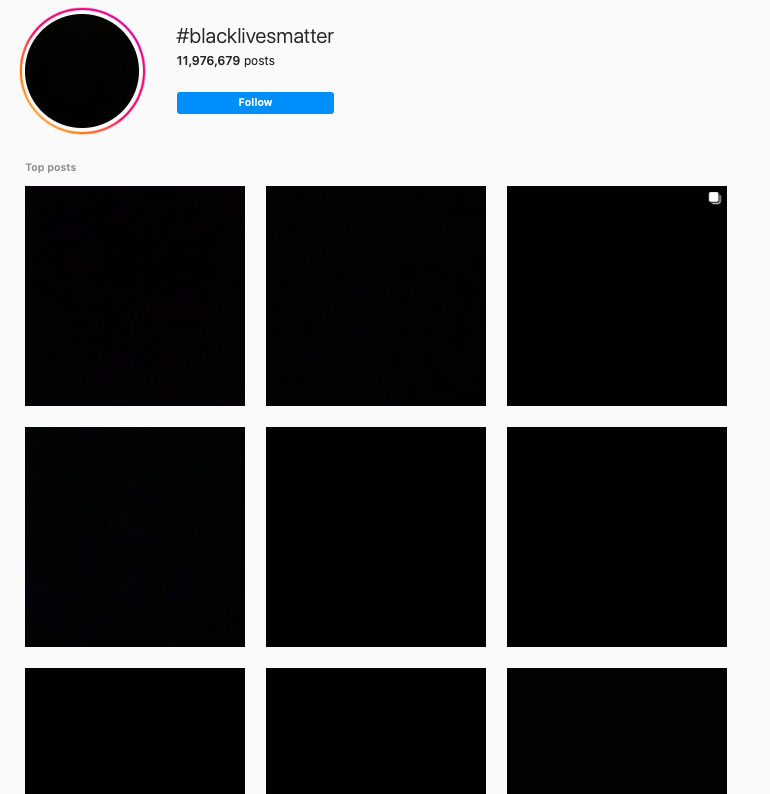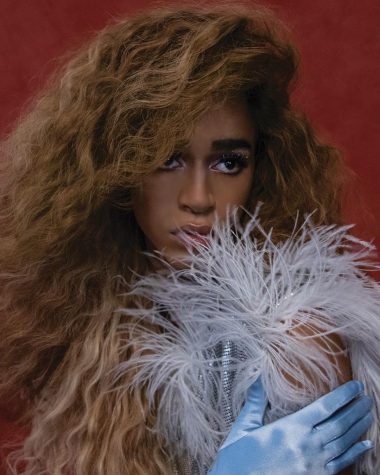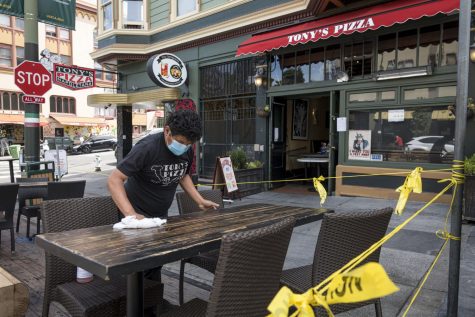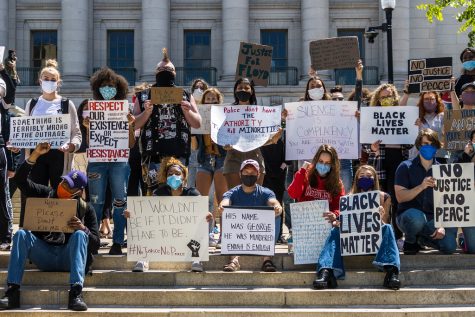Finding Meaning in Social Media Activism
The Black Lives Matter movement had gained immense momentum on social media over the summer (Courtesy of Twitter).
August 23, 2020
Before the summer of 2020, Instagram was dedicated largely to personal photos capturing social outings, confident selfies and enviable vacation spots. After the senseless murder of George Floyd on May 25, the Black Lives Matter movement gained an immense amount of momentum, especially on social media. Brunch photos and touched-up selfies were replaced quickly with information-filled slideshows, screenshots of petitions and everything in between. As August draws to a close, Instagram continues to be a mainstream medium to spread information about everything from the COVID-19 pandemic to Lebanon’s current crisis.
The shift in social media has been felt on a significant scale. Accounts such as @soyouwantottalkabout that share aesthetically pleasing slideshows explaining pressing issues have skyrocketed in popularity, with the account now at 1.2 million followers. The posts shared by the account and others like it have thrived on the story feature on Instagram in particular, allowing users to share the posts with their own followers quickly and efficiently.
There has been criticism that social media-based activism is shallow and ineffective. This argument is not wrong — there are, unfortunately, plenty of users who share posts about certain issues but fail to take any real action towards helping the cause. The problem was highlighted when black squares were posted in solidarity for the Black Lives Matter movement. Although the message was well-intentioned, these posts hindered the spread of posts with vital information about protests, petitions and other direct calls to action by taking over the BLM hashtags.
In a similar vein, social media challenges and trends, such as the recent “#challengeaccepted” wave that swept Instagram, do not always end up doing what they were intended. What originated as a way to raise awareness about the crisis of femicide in Turkey quickly lost its message as countless celebrities posted black-and-white selfies with simple captions that neglected to mention the origins. While this was likely unintentional ignorance, many, such as actress Florence Pugh, edited their captions and included hashtags and relevant information about the crisis.
While social media certainly has its downfalls, the black square fiasco and the edited captions of #challengeaccepted should serve as an important wake-up call to many about what activism must look like to be effective. It pointed us towards sharing information-based posts, promoting petitions and rallies and ensuring that our own image as an “activist” is not taking away focus from the cause we are supporting. It is recognizing that using a photo of yourself to highlight a devastating trend in another country is not true activism.
However, it is crucial to remember that social media can be an incredible tool when used correctly. It can rapidly spread information that can boost a petition’s signatures, bolster protest attendance and raise donations. By sharing the right posts, we can utilize the algorithms we know so well for the necessary causes. When celebrities changed their captions, the origins of the trend were once again brought to light. With the massive following these figures have, they have an incredible tool on their hands to bring attention to important issues.
Social media has proven its ability to bring about effective change. It has been an essential way to organize protests after the death of George Floyd, to boost petitions and to urge for donations. As our world grows more and more dependent on social media, its activism capabilities increase as well. The New York Times highlighted the increased power of social media in recent years, specifically in regards to the Black Lives Matter movement. While the number of tweets with the hashtag #BlackLivesMatter several months after the death of Eric Garner in 2014 peaked at 146,000, there were more than 8 million tweets in the hashtag by May 28 of this year (just three days after Floyd’s death).
Given that several months have passed since the initial turn towards Instagram activism in the mainstream, I am hopeful that social media is becoming less a vain medium to bolster our egos. Instead, it is growing into a space to share what we are passionate about, draw attention to important issues and, as always, share pictures of that which we are proud. These elements can all coexist in the long term. It brings me joy to tap through Instagram stories to find a near-equal mix of FOMO-inducing photos and shared posts about important topics I had not known about yet. It is an opportunity to learn regularly, gain exposure to more and more headlines and stories that encourage us to do, read and help more.
Social media activism is not the most effective way to be an activist, but it can still be a vital tool in bringing attention to important causes. Users must back up what they share online. Dedicated and meaningful activism cannot end with a simply shared post, but it just might begin there.
Kelly Christ, FCRH ’21, is an English and psychology major from Long Island, N.Y.
Columnist volume 101, Editorial Director and Opinion Editor volume 102











If you want a picture to show with your comment, go get a gravatar.